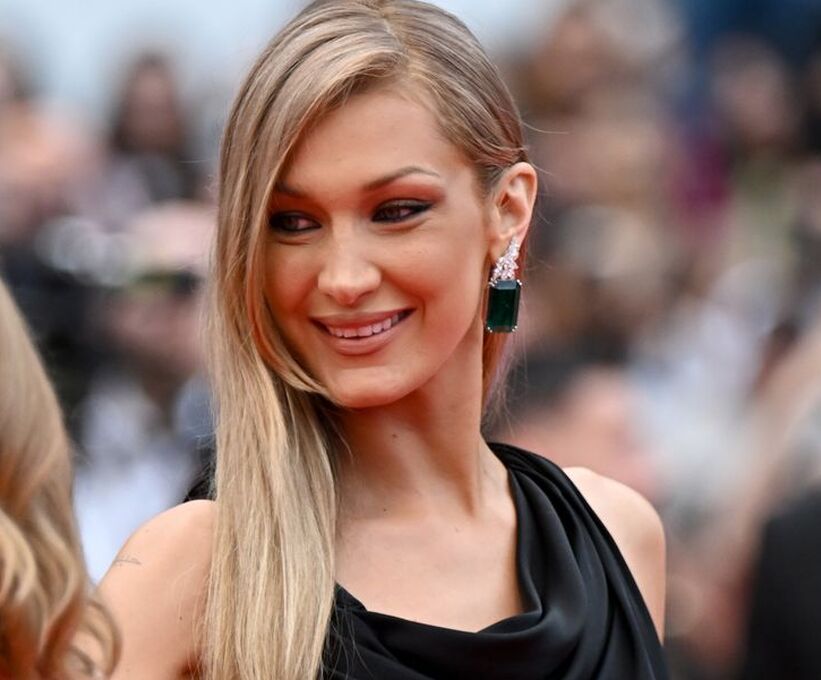
The 2025 Cannes Film Festival erupted like a champagne cork—sparkling, effervescent, and with just a hint of chaos. Mere hours before the first premiere, organizers dropped a sartorial bombshell: no more naked dresses, no more gowns with trains longer than a Parisian metro. The red carpet, once a lawless runway for haute couture audacity, suddenly had guardrails.
The new decree, etched onto the festival’s website like stone tablets, declared war on two fronts: bare skin and excessive fabric. "Voluminous outfits that turn the Palais des Festivals into an obstacle course will be met with polite but firm French resistance," the rules implied, leaving stylists scrambling like chefs who’d just been told to remove butter from their recipes.
Yet, as any fashion historian knows, rules are just invitations for rebellion. Wan QianHui and Heidi Klum arrived with trains that defied geometry, swirling behind them like disobedient storm clouds. Meanwhile, Bella Hadid—whose 2021 lung necklace had already cemented her as Cannes’ patron saint of provocation—opted for Saint Laurent’s razor-sharp tailoring, proving that constraint can be just as daring as exposure.
The stars, ever the alchemists, turned restrictions into gold. Supermodels descended like a battalion of Valkyries:
Even the jewelry whispered rebellion: Pasquale Bruni’s gems dangled like frozen fireworks, while Chopard’s pieces clung to collarbones like liquid prestige. The message was clear: if Cannes wanted restraint, it would get restraint—polished, calculated, and devastatingly chic.
As the festival rolls on, one truth emerges: fashion, like cinema, thrives on tension. The red carpet may have new rules, but creativity always finds a loophole.


















